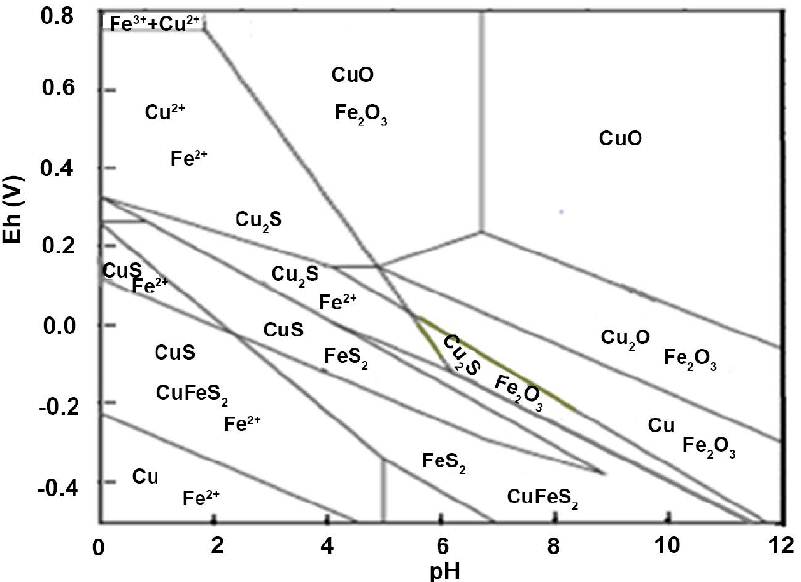Localities
At the Girilambone mine, New South Wales, Australia, tenorite occurs in veins cutting chlorite schist, associated with malachite. Elsewhere at the mine cuprite enclosed by tenorite is associated with malachite and azurite in quartz-hematite gossan (AJM 11.2.98).
At Johanngeorgenstadt, Erzgebirgskreis, Saxony, Germany, tenorite was found at the Getreue Einigkeit mine in the Jugel Forest, where several tin ore veins associated with copper minerals were exploited. In cavities, tenorite was found as coatings on chalcopyrite, and as pure masses (MinRec 55.5.621).
At Bisbee, Arizona, USA, tenorite is commonly associated with copper nodules (MinRec 43.1 supplement).
Tenorite from Bisbee - Image
The Central Mine, Central, Keweenaw county, Michigan, USA, initially targeted a series of sub-parallel mineralised fissure veins where the most copper-rich portion of the vein was close to the base of the main greenstone flow.
Tenorite is common at the Central mine as black oxide coatings on some native copper specimens, which impart a beautiful, often lustrous jet-black patina to the copper crystals (MinRec 54.1.81).
At the Copper Falls Mine, Copper Falls, Keweenaw county, Michigan, USA, mineralisation occurs primarily in hydrothermal veins cutting preexisting lavas and as amygdules in the Ashbed flow.
Tenorite is common at the Copper Falls mine as black oxide coatings on some native copper specimens, sometimes imparting a wonderful lustrous black patina on the crystallised copper (MinRec 54.1.113).
Alteration
In the oxidized zone chalcopyrite may be oxidised to yield Cu2+, and this may cause the precipitation of copper oxides such as tenorite:
Cu2+ + H2O → CuO (tenorite) + 2H+
The diagram below is a Pourbaix diagram for Cu-Fe-S-H2O (IJNM 07(02).9.23). It shows the relationship between copper Cu, chalcopyrite CuFeS2, tenorite CuO, covellite CuS, cuprite Cu2O, chalcocite Cu2S, pyrite FeS2 and hematite Fe2O3.

Back to Minerals